Mango Salsa with Black Beans: A Fresh and Flavorful Addition to Your Meal
Are you looking for a fresh, flavorful addition to your next meal? This mango salsa with black beans is the perfect blend of sweet, savory, and tangy—ideal for summer gatherings, taco nights, or a simple, healthy snack.
Bursting with vibrant colors and textures, this salsa combines the tropical sweetness of ripe mangoes with the heartiness of black beans, making it visually appealing and packed with nutrients. Adding crisp red onions, zesty lime juice, and a hint of spice from jalapeños gives it that perfect balance of flavors.
This salsa is versatile and easy to make. It can be topped with grilled chicken, paired with tortilla chips, or served as a side dish to your favorite Mexican-inspired dishes. It’s also vegan, gluten-free, and rich in fiber, making it a crowd-pleaser for various dietary needs.
In this recipe, I’ll walk you through creating this refreshing and colorful salsa in just a few simple steps. Ready to add a pop of brightness to your table? Let’s dive in.
Mango
Mangos are one of the world’s most popular tropical fruits, known for their sweet, juicy flavor and vibrant color. Native to South Asia, particularly India, mango trees have been cultivated for over 4,000 years, and today, they are grown in warm climates around the globe, from South America to Southeast Asia.
Mangos come in various varieties, ranging in size, color, and flavor, but they all share a distinctively smooth and juicy flesh. When ripe, mangos are typically golden-yellow or reddish, though their outer skin can be green, orange, or a mix of colors.
Inside, they have a large, flat pit surrounded by the sweet, aromatic pulp perfect for snacking, blending into smoothies, or adding to sweet and savory dishes.
In addition to their delicious taste, mangos are packed with nutrients. They are a great source of vitamins A and C, promoting immune health and skin vitality. They also contain dietary fiber and antioxidants, which contribute to overall wellness.
Mangos are highly versatile, used in everything from salsas and chutneys to desserts and beverages. Whether eaten fresh or incorporated into recipes, their tropical sweetness adds flavor to any dish.
Difference Between Canned Black Beans and Home Cooked
The difference between canned black beans and home-cooked black beans lies in their flavor, texture, preparation time, and nutritional content:
- Flavor:
Home-cooked black beans are more robust and fresher because you control the seasonings and cooking methods. Canned beans are convenient but may have a slightly metallic taste from the can and can be less flavorful due to the preservatives or minimal seasoning used in processing. - Texture:
Home-cooked beans are often firmer and less mushy, allowing for more control over how soft or firm you want. Canned beans are fully cooked and can be softer, sometimes on the verge of being too soft or even mushy. - Preparation Time:
Canned black beans are pre-cooked and ready to use straight out of the can, saving much time. On the other hand, home-cooked beans require soaking (if using the traditional method) and a longer cooking time, which can take hours. - Nutritional Content:
Canned black beans often contain added sodium for preservation, which may concern those watching their sodium intake. Home-cooked beans can be prepared without added salt, making them healthier in that regard.
Despite these differences, both canned and home-cooked beans can be used in recipes, depending on your needs for convenience or control over flavor.
Cumin
Cumin is a spice made from the dried seeds of the Cuminum cyminum plant, which belongs to the parsley family. It has been used for centuries in cooking, mainly in Middle Eastern, Indian, Mexican, and Mediterranean cuisines. Cumin seeds are small, boat-shaped, and pale brown, with a distinctive warm, earthy flavor and slightly peppery aroma.
Cumin is available in both whole seed and ground forms, and its flavor intensifies when the seeds are toasted or dry-roasted before use. The spice is a key ingredient in many spice blends, such as curry powder, garam masala, and chili powder, and is used to season a wide variety of dishes, from soups and stews to meat rubs and sauces.
In addition to its culinary uses, cumin has been valued for its medicinal properties. It is believed to aid digestion, boost immunity, and provide antioxidant benefits. Rich in iron, cumin can also support overall health, particularly for those with iron deficiencies.
Cumin’s bold, smoky flavor makes it a versatile spice that enhances the taste of everything from roasted vegetables and beans to marinades and dips, adding depth and complexity to a wide range of dishes.
Mango Salsa with Black Beans
Ingredients
- ½ cup cooked black beans - you can cook them yourself but canned beans will work quite nicely.
- 1 medium mango ripe
- 1 red bell pepper
- ½ red onion
- Juice from 3 limes
- 8 tablespoons pineapple juice
- 1/3 cup of fresh cilantro
- 1- tablespoon ground cumin
- 1 jalapeno chili pepper
- Salt & freshly ground pepper, to taste
Instructions
- Peel & pit the mango and then dice it into ¼ inch pieces.
- Core and seed the bell pepper and dice into small pieces.
- Peel and dice the onion into equal sized pieces.
- Squeeze the juice from the limes and have it ready.
- Chop the cilantro finely.
- Stem, seed and mince the jalapeno pepper. Be careful not to touch your hands to your eyes after working with this chile pepper.
- Combine all the ingredients together in one good sized bowl. Taste and adjust seasonings with the salt and pepper. Don't overwork the salsa or it will become a big mush.

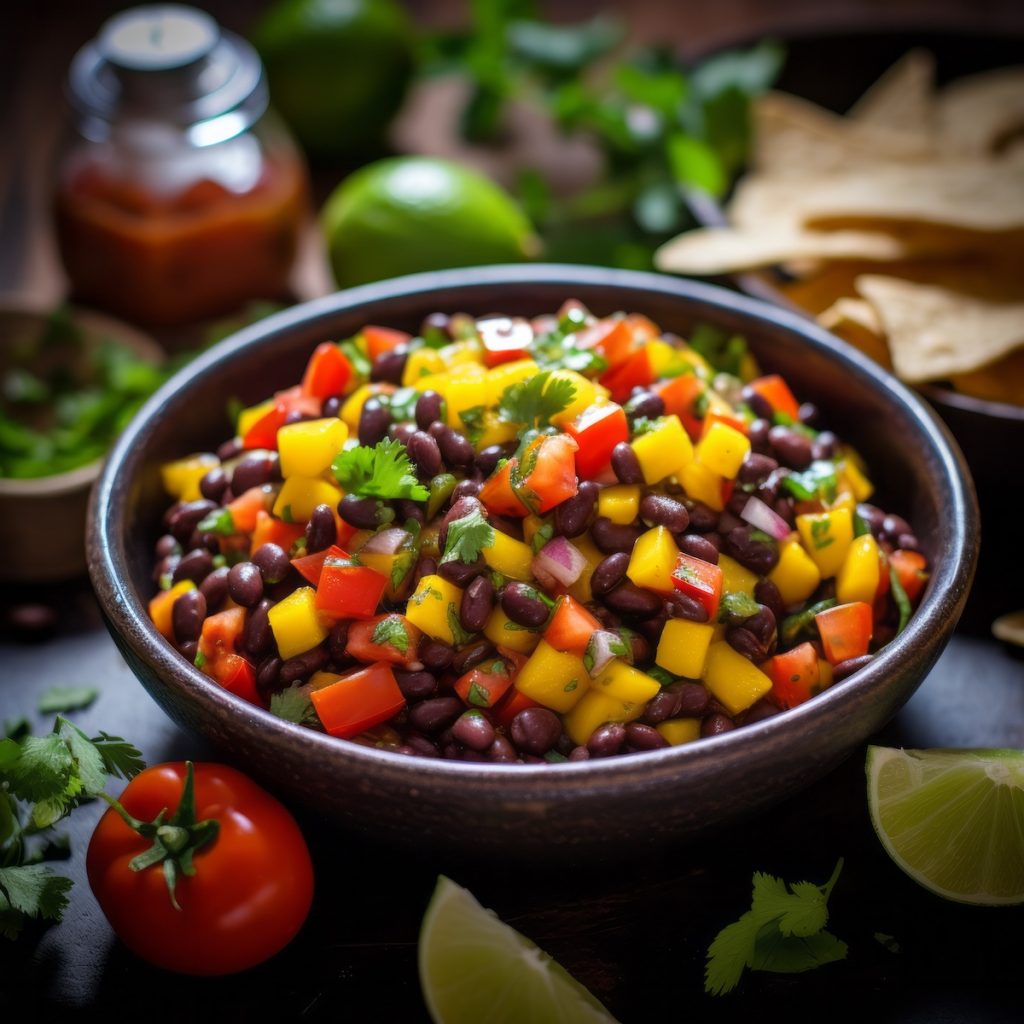

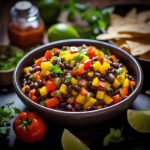

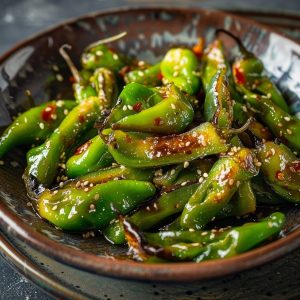

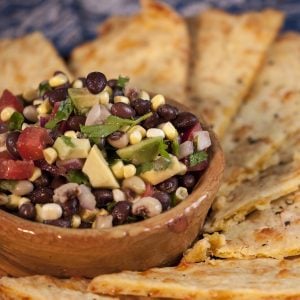
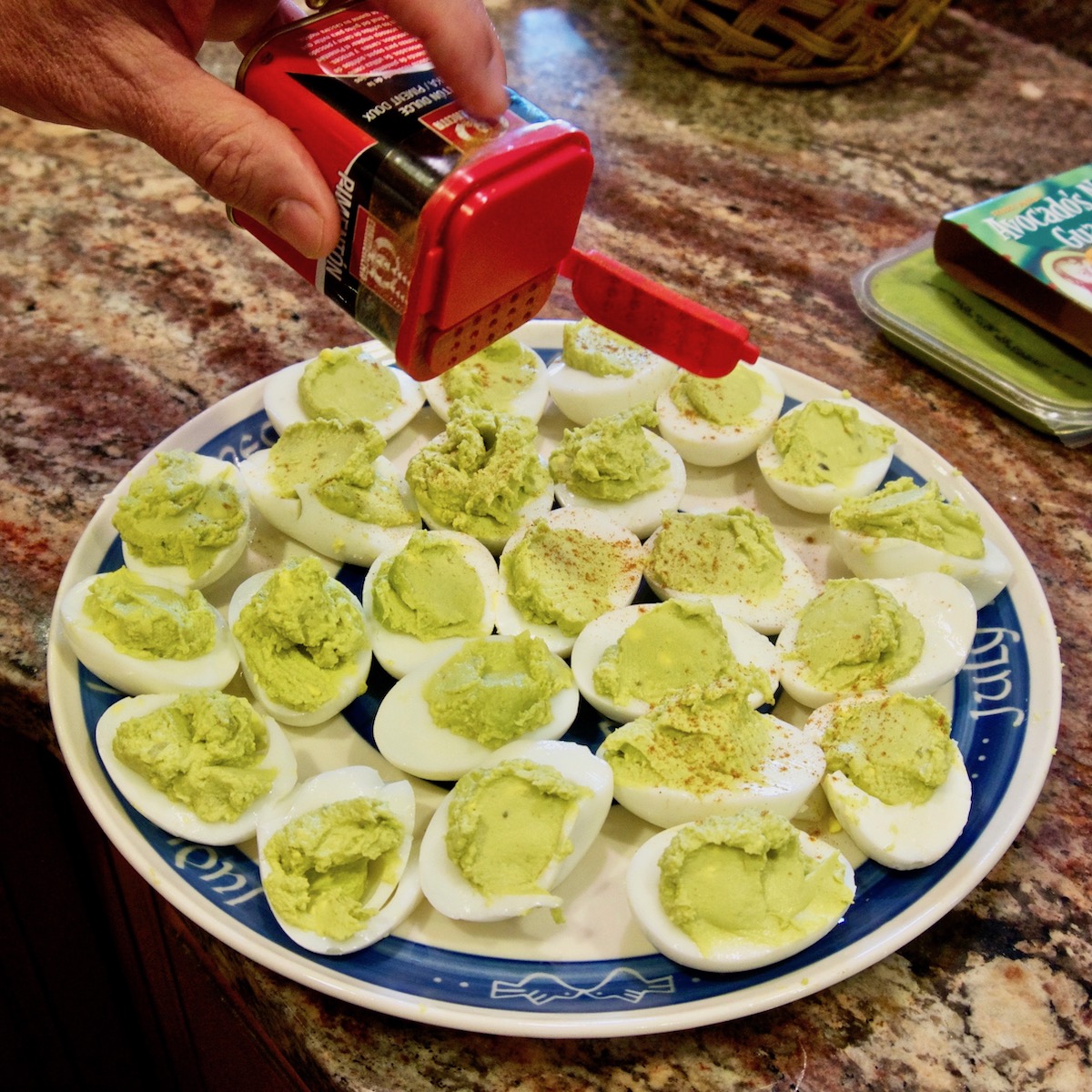

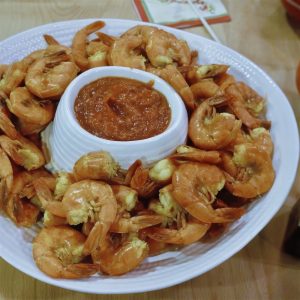
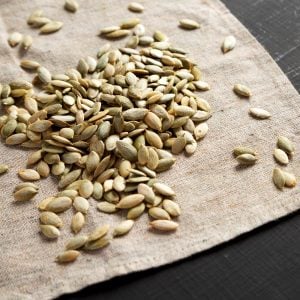


One Response
I just love this website – everything is explained including the tips that other recipes just assume the cook will already know about.
This weekend we made the aptly named Fabulous Pan Roasted Sea Bass and paired it with brown rice and the Mango Salsa over mixed salad greens. I left out, actually forgot to add, the black beans, which left this light enough to go with the fish. I added diced and salted avocado as a topping, not mixed in, to the salsa and having tasted the salsa both with and without it definitely recommend it as an option to the beans. BTW, no salad dressing is needed. To round out the meal, we had brown rice and a loaf of Safeway’s jalapeno /cheddar cheese artisan bread served hot from the oven. Rather than a white or pinot, we enjoyed Heitz Cellar’s 2007 Napa Valley Grignolino which was a delightful complement to the menu.
Tasting Notes: 2007 Grignolino will win you over immediately with its radiant garnet hue and vibrant floral bouquet! The fresh scent of rose petals hints at sweetness; however, the flavors of bright berry edged with orange peel are deliciously dry on the palate. Wine enthusiasts have shared the Heitz Family’s affection for this unique wine since 1961. Grignolino (pronounced green-o-lean-o) is produced with a northern Italian varietal, known in the Piedmont region as the “little strawberry.” Versatile and zesty, Grignolino is often seved slightly chilled as a terrific complement for spicy cuisines or lighter meats.
Hi Lisa, thanks for sharing your experience with Pan Roasted Sea Bass and the tasting notes from Grignolino. Keep them coming. – RG